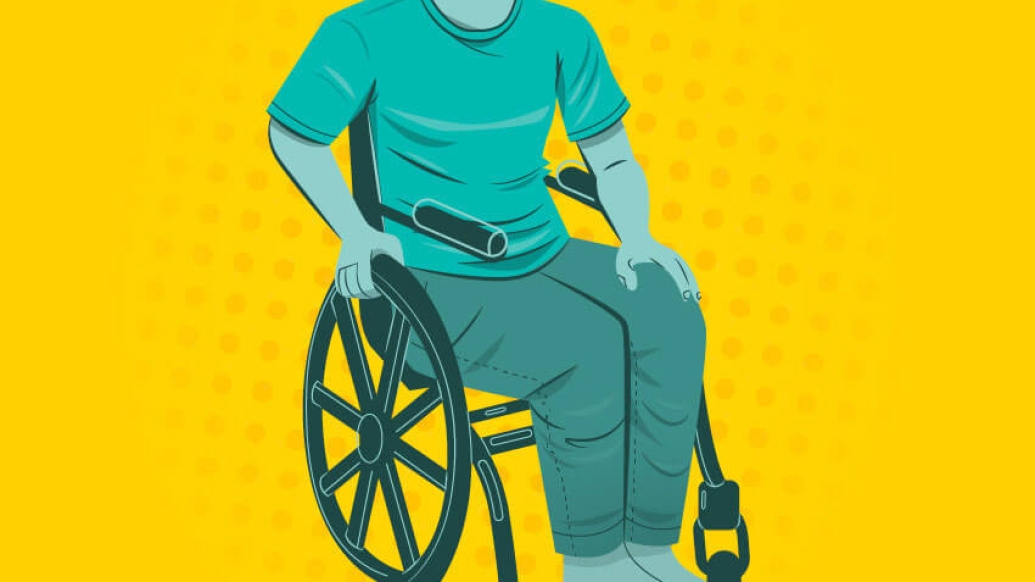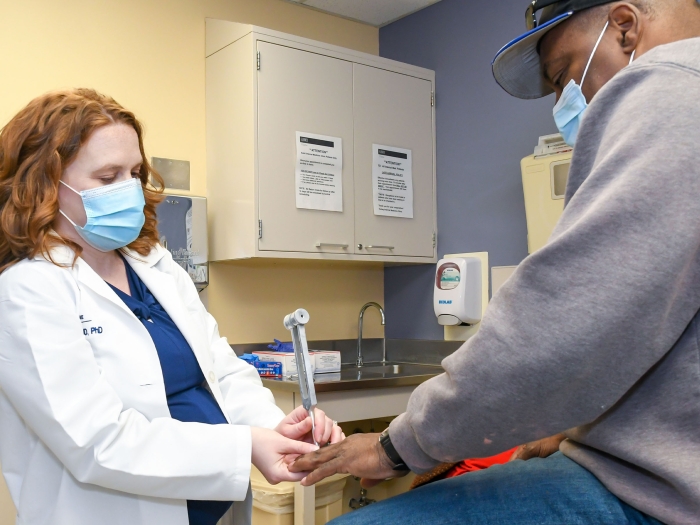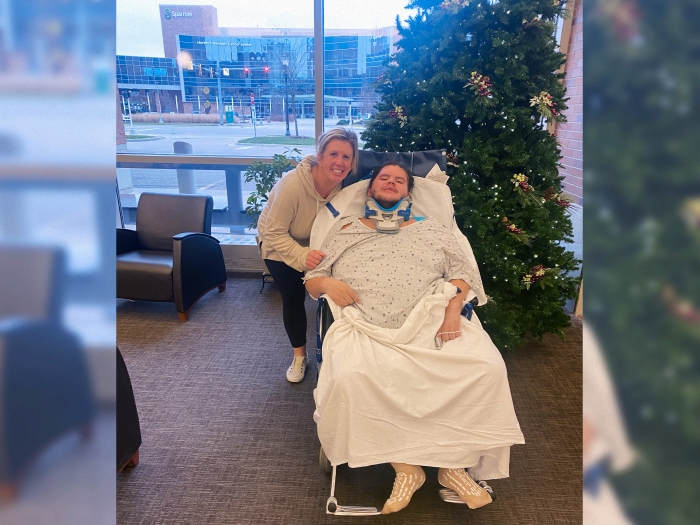Researchers say pediatric injury prevention needs to be more of a public health focus.
5:00 AM
Author |

A spinal cord injury in childhood is life-changing, often causing paralysis or other disability. The cause can be anything from falls to motor vehicle crashes, but 13% are the result of gunshot injuries.
Those children suffering gunshot wound-related spinal cord injuries receive less education and earn less money in adulthood than kids with non-violent spinal cord injuries, a new study suggests.
Researchers interviewed 45 adults with pediatric-onset spinal cord injuries, 23 occurring as a result of firearms. They found that nearly 90% of participants with non-violent injuries went on to attend some college, compared to less than 60% of those who were injured by firearms.
Greater than two-thirds of the children with gunshot-related injuries earn less than $25,000 annually, which is below the U.S. federal poverty line for a four-person household. Only 26% of non-violent participants fell below that earning mark.
Like Podcasts? Add the Michigan Medicine News Break on iTunes, Google Podcasts or anywhere you listen to podcasts.
"Gunshot-related spinal cord injuries have serious social and economic consequences in adulthood well beyond physical disability and reducing them has not been a research priority, nor an adequately investigated public health concern," said Jessica Pruente, M.D., lead author and assistant professor of pediatric physical medicine and rehabilitation at University of Michigan Health C.S. Mott Children's Hospital.
Pruente's team utilized two separate long-term spinal cord injury databases for the study, published in the Journal of Spinal Cord Medicine. They were unable to control for race due to limited participation, finding that 80.8% of participants with gunshot wound-related injuries came from minority backgrounds, compared to 15.8% in the non-violent group.
SEE ALSO: Spinal Cord Injury Increases Risk for Mental Health Disorders
This finding, Pruente notes, represents systemic disparities that predispose minority children to gun violence. She says social determinants of health – like healthy living options and quality educational facilities – play an important role in long-term health outcomes for these children.
The lifetime costs of these types of injuries lends weight to the fact that primary prevention needs to be key here.Jessica Pruente, M.D.,
"Black and Hispanic children have a higher risk of gun-related injuries and can also experience poverty, limited access to health care and discrimination," Pruente said. "Those are the same factors that continue to affect people as they get older and place them at risk for poor health outcomes. The lifetime costs of these types of injuries lends weight to the fact that primary prevention needs to be key here. If we can stop a three-year-old from getting injured, that is much better than trying to rehab them after the injury."
Despite falling short of the non-violent group in education and earnings, the quality of life for the adults with gunshot related spinal cord injuries did not drop significantly. In fact, both groups scored near the population mean for depression, anxiety and satisfaction with social roles.
MORE FROM THE LAB: Subscribe to our weekly newsletter
"As clinicians, we would like to think that the rehabilitation work they went through contributed to maintaining quality of life, but the reasons are unclear," Pruente said. "These patients were able to cope with their injuries and find life satisfaction, which is great news for our patients and their families."
Between 2010 and 2017, the Centers for Disease Control and Prevention estimates 86,136 children suffered non-fatal gun injuries, and approximately 8% of children with such injuries are discharged with a long-term disability.
That exposure to gun violence also increases the risk of more adverse health outcomes down the line, including depression, drug and alcohol abuse and heart disease.
SEE ALSO: Paralyzed from a crash, man saved by hip surgery after life-threatening infection
"When we're treating these patients, we need to be more aware of these long-term risks of not going to college or earning as much and provide them with extra resources like vocational rehab, counseling and school modifications," she said. "Some of that comes from the clinician level and some will come through advocacy efforts to break the chain of negative health outcomes that can stem from these spinal cord injuries."
The University of Michigan responded to the growing firearm injury epidemic by forming the Institute for Firearm Injury Prevention, which draws input from researchers in several disciplines to answer critical questions about the critical issue.
This study was supported by the Shirley Ryan AbilityLab and funded through an infrastructure grant by the Craig H. Neilsen Foundation.
Paper cited: "Adult outcomes for children who sustained firearm-related spinal cord injuries," Journal of Spinal Cord Medicine. DOI: 10.1080/10790268.2021.1943250

Explore a variety of health care news & stories by visiting the Health Lab home page for more articles.

Department of Communication at Michigan Medicine
Want top health & research news weekly? Sign up for Health Lab’s newsletters today!





